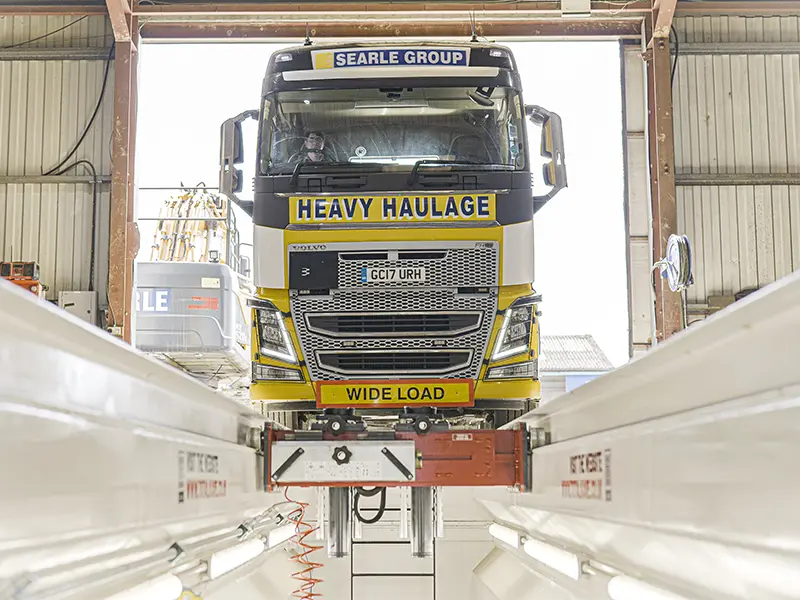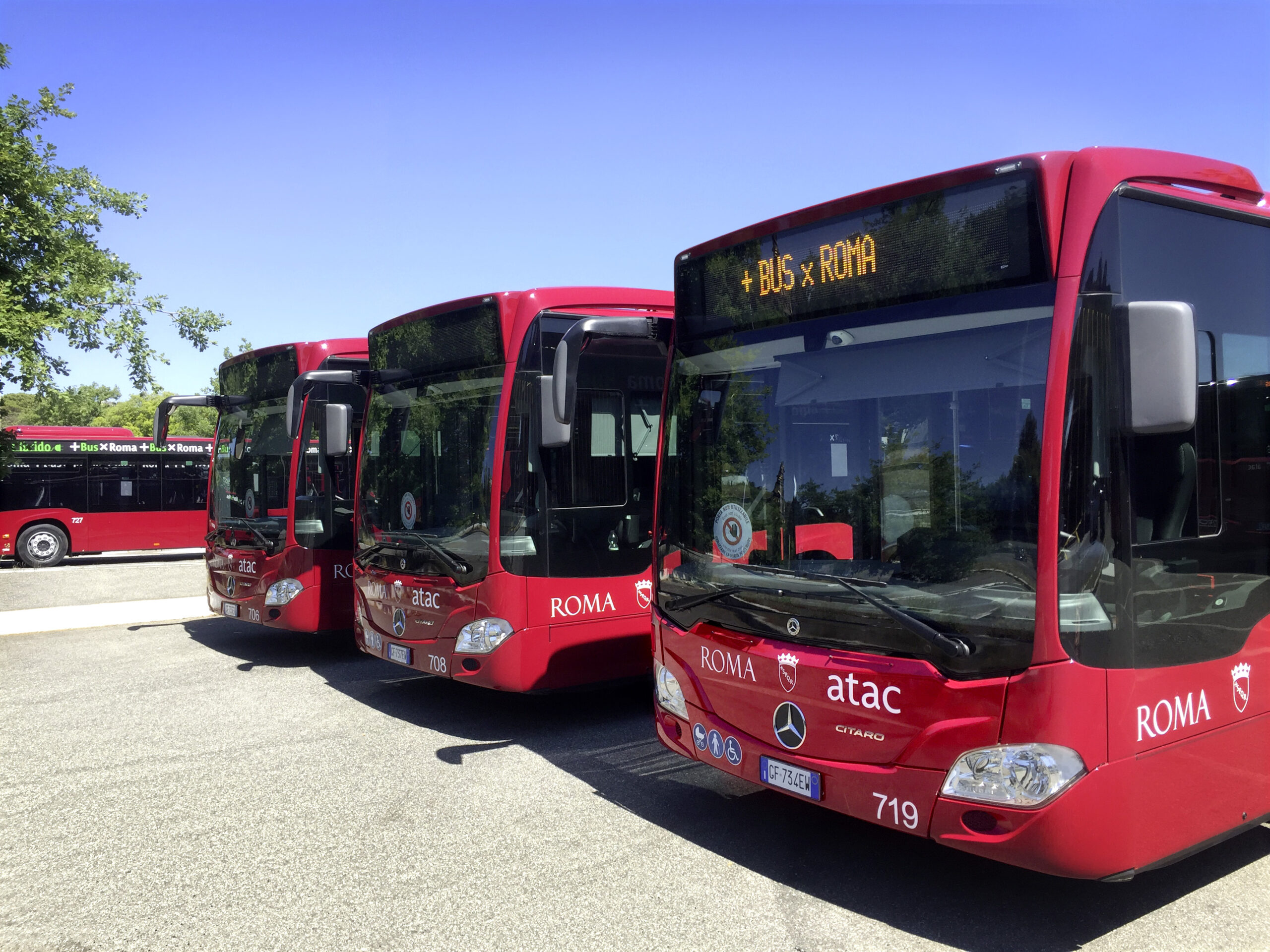Emissions Standards: Have the Regulations on Vehicles Changed Anything?
Back in 1992, the EU introduced the Euro 1 Standard – the first in a series of increasingly stringent emissions standards for vehicles out on the roads.
It came with a noble aim: to drastically reduce the emission of harmful substances that are damaging our health, our atmosphere, and the entire planet.
But it also came with new advances in technology developed in response to those limits – in-house testing equipment such as Diesel Smoke Meters and Emissions Analysers, designed to give workshops and MOT test centres the accurate and reliable data they needed to stay within the limits.

Today, almost 30 years later, the Euro Standards are up to their 6th iteration. But have these emissions standards had any effect on the levels of pollution our vehicles are causing?
Let’s get into it:
Have We Changed the Vehicles We Drive?
Out of nearly 40 million licensed vehicles out on the road in 2018, only 200,000 were considered ultra-low emission vehicles (ULEVs) – vehicles that release less than 75 grams of CO2 per kilometre travelled.
That means ULEVs accounted for just 0.5% of the vehicle population – and an overwhelming majority of drivers were still using vehicles with significant emissions.
That might sound concerning – but there’s a little more to the story.
In most cases, an ultra-low emission vehicle is either an electric vehicle or a hybrid. These are relatively new technologies still in their infancy, and we shouldn’t be surprised to see that they haven’t been adopted by the mainstream just yet.
But despite occupying just a small section of the roads, these ultra-low emission vehicles are already seeing huge growth within their share of the market.
In 2018, we saw 64,000 new ULEVs registered in the UK – a whopping 20% more than the same figure in 2017.
So while the use of ULEVs remains low, it’s growing fast. And that means we could start to see them taking up a significant proportion of the vehicle population in just a few more years as we move towards these emissions standards.
Have We Changed the Fuel We Use?
Between 1990 and 2017, the use of petrol in the UK dropped dramatically – from 27 million tonnes of oil equivalent (Mtoe) to 13 Mtoe in 2017.
And when we look at the figures for diesel use – those vehicles that typically produce less CO2 – we can see the exact opposite.
Back in 1990, the use of diesel in the UK was at 11 Mtoe, rising to 27 Mtoe in 2017. And from 2005 onwards, diesel overtook petrol as the more commonly used fuel.
It’s almost a perfect switch – where every tonne of petrol was replaced by nearly the same amount of diesel in its place.
In reality, it’s likely that these dramatic changes had less to do with the emission limits themselves, and more to do with the political and legal decisions that came from them.
Vehicle Registration Tax was reduced for vehicles with low CO2 emissions, and diesel fuel duty received a tax cut back in 2001 – and that simply made diesel vehicles more attractive for the average driver.
Have We Managed to Reduce Our Emissions?
This is where things get a little tricky.
Between 1990 and 2017, the UK’s total greenhouse gas (GHG) emissions fell by 32%.
That sounds like great news – until we take a closer look at the data around vehicles.
Over that same period, GHG emissions from road transport actually rose by 6% – which means our roads are now producing more GHG emissions than they did in 1990.
That’s not such great news – but there is a silver lining.
In the period where GHG emissions rose by 6%, the volume of road traffic rose by a massive 28%.
While the total amount of GHG produced has slightly increased, it’s a tiny number when you take into account the huge increase in the number of vehicles and the number of miles they’re driving.
So what does that mean?
It means that whichever way you split it – per vehicle, per driver, or per mile – the rate at which our driving is producing GHG has significantly decreased.
Newer vehicles are being designed to produce fewer emissions. They’re built to be more efficient with the fuel they use – and they’re being checked and maintained more often to stay in line with modern environmental regulations.
Despite the ever-increasing volume of vehicles and journeys over the last 30 years, the technology we’ve been developing and using has been bringing us closer and closer to a reduction in our total emissions.
And in a few more years, we might be well on our way to hitting our future targets as the emissions standards continue to evolve.
Ready to Do Your Part?
Whether you’re running a workshop or managing a fleet, there’s no getting away from the latest emissions standards.
But you can take steps to make staying compliant as easy and painless as possible.
We’ve got a full range of DVSA-approved and Euro 6-accredited emissions equipment ready and waiting to help you bring your testing in-house – from Diesel Smoke Meters to Petrol & Diesel Emissions Analysers.
Check out our online shop to find the latest deals – or send a message to one of our experts to find out more.
Sources:
Road transport and air emissions – Office for National Statistics – 1990 to 2017
This article was originally published by Totalkare Ltd.














